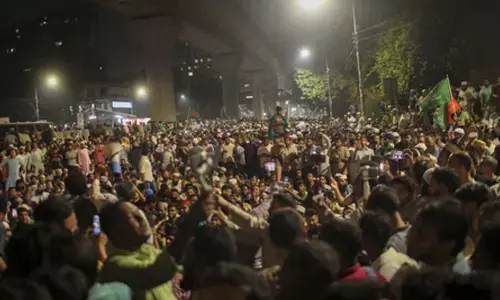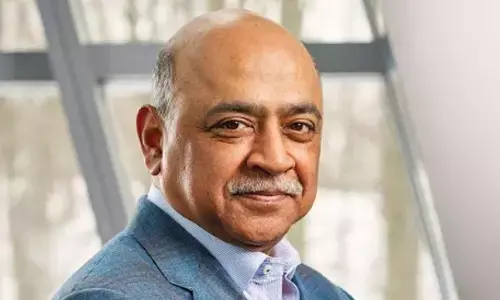India repeating ‘Justice delayed…’ ad nauseam

In doing and facilitating justice, no change is ever too small. But, the need for change should be felt in the first place. On April 24, 2016, a teary-eyed Chief Justice of India TS Thakur, speaking in the presence of none other than Prime Minister Narendra Modi, deplored inaction by the Executive to increase the number of judges from the present 21,000 to 40,000 to handle the avalanche of litigations and pointed to tens of millions of pending cases. He said a judge at India’s Supreme Court dealt with about 2,600 cases a year, compared with just 81 in the US. India has a notoriously slow legal system, and court hearings can go for years or even decades.
The PM assured to make efforts to increase the rate as well as number of judicial appointments. Alas! On September 26, 2023, the Supreme Court expressed its dismay and displeasure at the Union government’s dithering over the appointments and transfers of judges of High Courts.
Justice S K Kaul expressed anguish that the Centre has been sitting on as many as 70 recommendations from the High Courts’ Collegium for the last one year. He also pointed out that the Supreme Court Collegium’s recommendations to transfer 26 High Court judges are still pending – they include the appointment of a Chief Justice at a sensitive High Court. On February 3, 2023, too, Justice S K Kaul had warned the Union government of “unpalatable consequences” if the collegium’s recommendations to transfer high court judges were not given effect in the next ten days.
Many a legal expert has flagged the pertinent issue of evolving a clear strategy to address the huge pendency of cases in the country. At present, there are more than four crore cases pending across all courts in India. The High Courts are alone saddled with 5.8 million pending cases. In 2020, the judge-to-population ratio was found to be 21 judges per million population. Juxtapose this state with the stipulation of the Law Commission of India that had in 1987 recommended raising this ratio to 50 judges per million people. Pendency, apart from causing huge hardships and anguish to the accused languished in jails, also imposes economic burden on the government.
Among them are many whose fundamental rights are oppressed under authoritarianism. By the by, India’s standing was 77 out of 140 countries as per The 2022 World Justice Project (WJP) Rule of Law Index, which studies the efficacy of Rule of Law. In the case of criminal cases, delays inflict a great pain on the victims praying for justice. Delays in adjudicating on disputes between companies or their row with governments impair India’s ability to woo investments. In 2020, the World Bank rated India at 163 among 190 countries in Ease of Doing Business.
While appointing more judges to cut back on pendency in courts, it is also crucial to enhance the productivity of judges. Measures such as establishing digital courts, reduction in litigation by governments must be pursued on a war-footing, for, swift delivery of justice to the common man is a primary aspect of a democratic system. It is their right. Governments should not wait till the courts crack the whip. It’s time for realising the ruling party’s claim of ‘Modi hai tho mumkin hai’ on justice front, too.

















